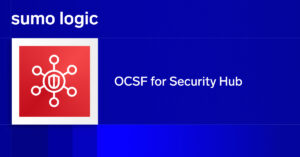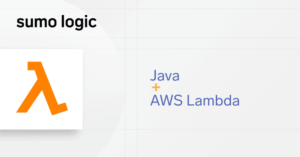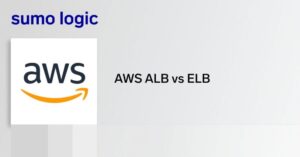In part 2 of our AWS Monitoring series, we covered the basics of AWS S3 logging, why it’s important to log all the information in your cloud environment, and also the benefits of monitoring those logs.
Now, AWS offers some great tools for monitoring and log querying, but if you and your team want to take it to the next level, Sumo Logic is there for your needs. With tools for examining, analyzing, and validating critical metrics and data points, Sumo Logic provides real-time monitoring for Amazon S3 and other dependent services.
Getting Started
To get started collecting data, you will need to run through the Sumo Logic Setup Wizard. Depending on your environment, you will be collecting data either via Installed Collectors, or Hosted Collectors.
There are a few key differences between the two methods, such as configuration capability, footprints, and direct access to logs, but either way, both methods accomplish the same goal– collecting data.

The major difference is that Sumo Logic Installed Collectors are installed on end-points and systems. Hosted Collectors are not installed on a local system, but just as Installed Collectors, you can monitor the activity of Hosted Collectors using the Sumo Logic Web Application and Dashboard.
AWS S3 and Sumo Logic
As we know by now, Amazon Simple Storage Service (S3) is one of AWS’s most popular web services and a core infrastructure pillar in many organizations’ systems and applications.
Sumo Logic, on the other hand, is the industry’s leading secure, cloud-based service for logs and metrics management for modern apps, providing real-time analytics and insights.
In these two, dev teams have a powerful pairing of web technologies.
To see how they work together, let’s start by going over how to integrate Sumo Logic with AWS S3.
Integrating Sumo Logic with AWS S3
Integrating Sumo Logic with Amazon S3 and your cloud environment is rather simple. From configuring scan intervals to scan for new data, to monitoring Amazon Simple Notification Service (AWS SNS) instances, Sumo Logic helps you navigate and manage the operations and security of your applications.
After you’ve installed Collectors within your environment, you will need to configure your Sources. Sources are configured specific to which type of Collector your environment or systems are using.
Sumo Logic Dashboards for AWS S3
Sumo Logic provides a number of widgets and various dashboard configurations for Amazon S3. Adjusting table chart settings, adding pie charts, and sharing dashboards are all possible with Sumo Logic.
Below are two AWS S3 Overview dashboards. You can see the differences in the dashboards from the layouts, the geo-location maps, the type of error alerts, and lists provided on each dashboard.


Monitoring Logs
With Sumo Logic, network and system engineers can help business teams pinpoint where traffic is coming from, when peak and slow traffic points occur, and what kind of error codes are being reported by your applications.
Logs are ingested by a Sumo Logic source by a collector usually manually installed. By using Sumo Logics Operational Overview dashboard, you get a high-level overview of all of your web applications logs.
Conclusion
It goes without saying that Sumo Logic is the premier cloud service for teams who want to monitor Amazon S3 logs and traffic. In this 3 part series on AWS S3 Monitoring with Sumo Logic, we went over how Amazon S3 plays an important role in many web applications, and how Sumo Logic can best be utilized to monitor and maintain all the data that gets requested from your S3 buckets.



